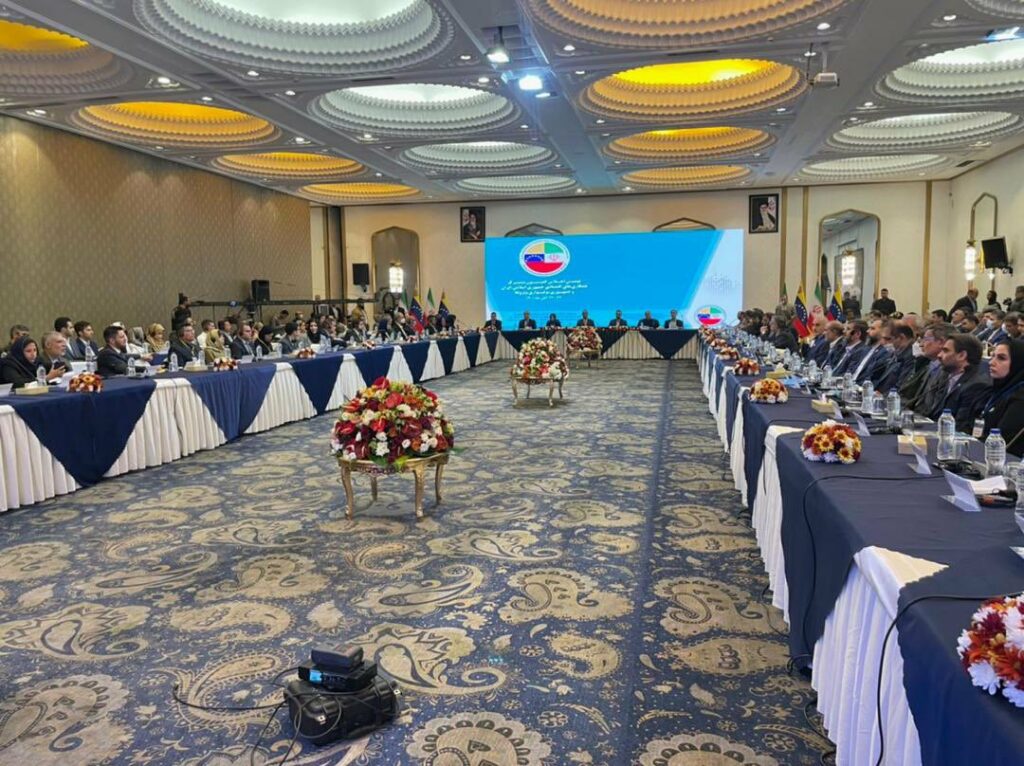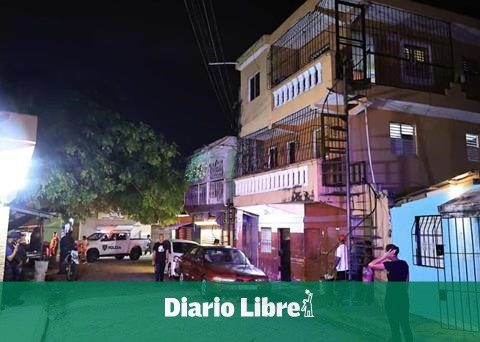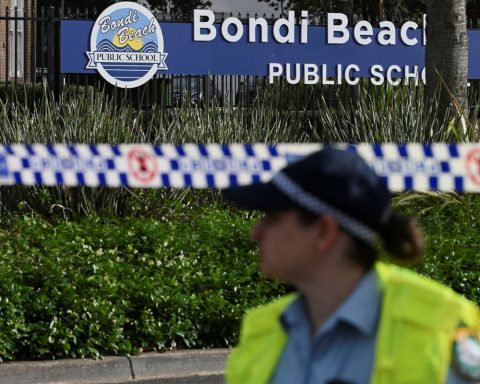Wool closed the week with a slight increase of 0.4% in dollars. The Eastern Market Indicator (IME) traded at US$ 8.06 per clean base kilo after two days in which the trend of the previous weeks was maintained: little business from China and the European and Indian markets holding the exercise.
The capacity to absorb volume from these markets is limited compared to the Chinese textile industry. At the same time, Europe continues to be affected by the increase in energy costs and the retraction in consumption. According to Australian analysts, European industry is considering reducing activity to reduce operating expenses. The strengthening of the Australian dollar pushed the indicator down more than 1% in local currency.
The finest wools experienced declines associated with an irregular quality supply. Wool between 18.5 and 22 microns strengthened and those of 28 microns corrected 2.4% upwards at the end of the week. The sector of more than 25 microns was the one that obtained the greatest gains on the first day of auctions. The best quality wool, with good objective measurement results, earned a few cents in a market in which the bidding was concentrated on the best bales. The limited supply pushed the rises.
In the local market, the most recent business references put unconditioned 28-micron Corriedale wool at values below one dollar per dirty base kilo: between US$0.70 and US$0.90. In recent days deals were closed for Ideal wool -12 thousand kilos of 23.5 microns conditioned 70% with green faucets and 30% with light blue faucets from various harvests- for US$ 3.80 per kilo fleece.
For a Merino batch of 5 thousand and 21.5 microns, conditioned with green faucet and washing performance of 75.5%, a price of US$ 4.90 per kilo fleece was obtained.
Wool price.


















